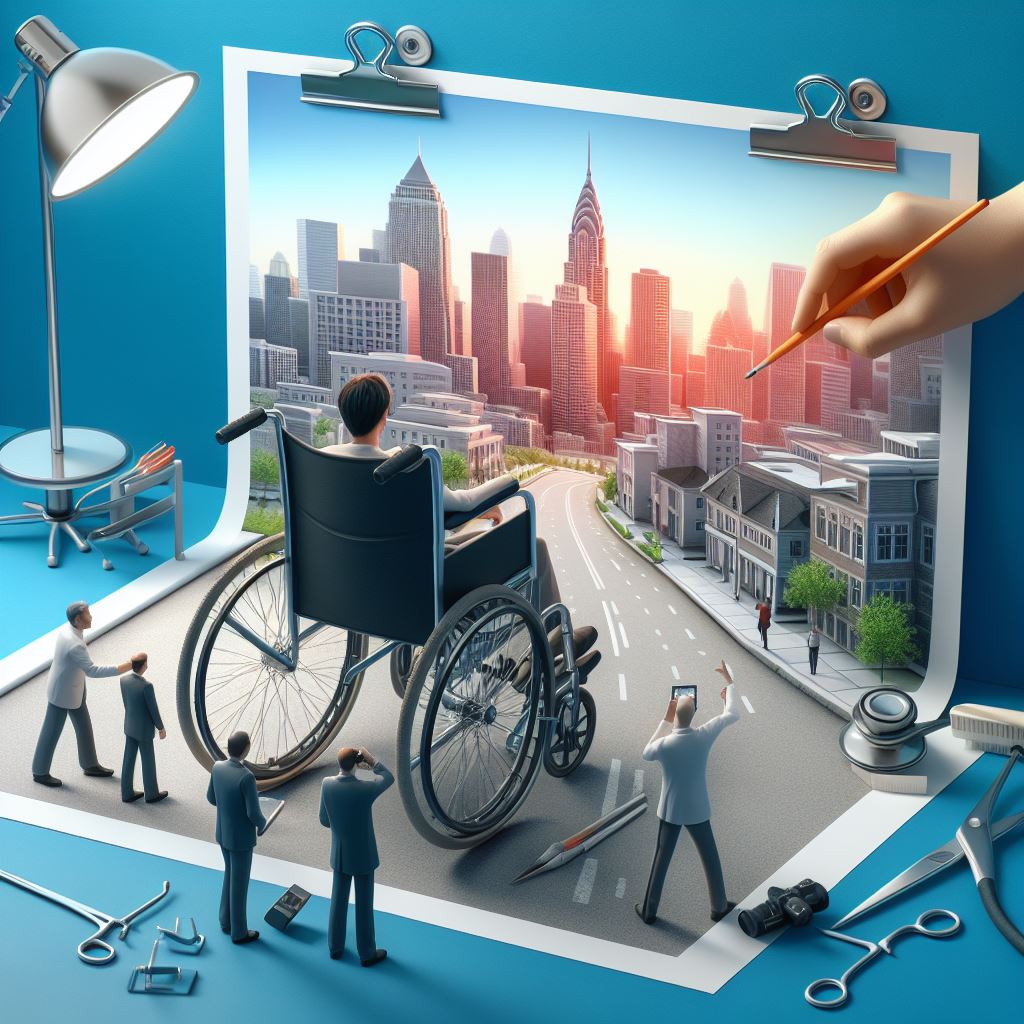
Share this article on social media
In today’s society, there’s a growing awareness of the importance of equal rights and improved quality of life for all individuals, including those with disabilities. One significant aspect of this progress is the development and enhancement of accessible pathways for people with disabilities. Accessibility for individuals with disabilities goes beyond just removing physical barriers; it’s about increasing social inclusion and enhancing overall quality of life. This article aims to provide recommendations for creating accessible pathways and routes for people with disabilities.
1. Importance of Accessible Pathways:
Accessible pathways play a crucial role in enhancing the independence and mobility of individuals with disabilities in their daily lives. To ensure full participation in society, recommendations for accessible pathways include:
- Physical Accessibility: Providing smooth and wide pathways that individuals with disabilities, such as wheelchair users or those using walking aids, can navigate easily. Infrastructure elements like sidewalks, ramps, and stairs should be designed appropriately to ensure safe and comfortable travel for individuals with disabilities.
- Signage and Wayfinding: Accessible pathways should be clearly marked to assist individuals with visual impairments in navigation. Features such as braille signage, high-contrast colors, and tactile surfaces aid in providing guidance for safe movement.
- Accessible Transportation: Public transportation systems and other modes of transportation should be specifically designed to be accessible for individuals with disabilities. Features like wheelchair access, low-floor buses, and elevators facilitate easy use of public transportation for people with disabilities.
2. Designing Accessible Pathways:
When designing accessible pathways, several key considerations should be taken into account:
- Universal Design Principles: The design of accessible pathways should adhere to universal design principles, ensuring environments that are usable by everyone.
- Collaboration with Individuals with Disabilities: The needs and experiences of individuals with disabilities should inform the design of accessible pathways. Feedback from disabled individuals can contribute to the creation of more effective and user-friendly routes.
- Legal Regulations: The design and implementation of accessible pathways should comply with relevant legal regulations. Standards and guidelines for accessibility ensure the quality of pathway designs.
- Continuous Improvement: A process of continuous improvement and feedback should be established in the design of accessible pathways. User experiences and feedback serve as valuable resources for enhancing existing pathways and planning new projects.
Conclusion:
Creating accessible pathways is essential for improving the quality of life and social inclusion of individuals with disabilities. Recommendations such as physical accessibility, signage and wayfinding, accessible transportation, adherence to universal design principles, collaboration with disabled individuals, compliance with legal regulations, and continuous improvement processes contribute to the effective design and implementation of accessible pathways. By doing so, our society becomes more inclusive and accessible to everyone.



